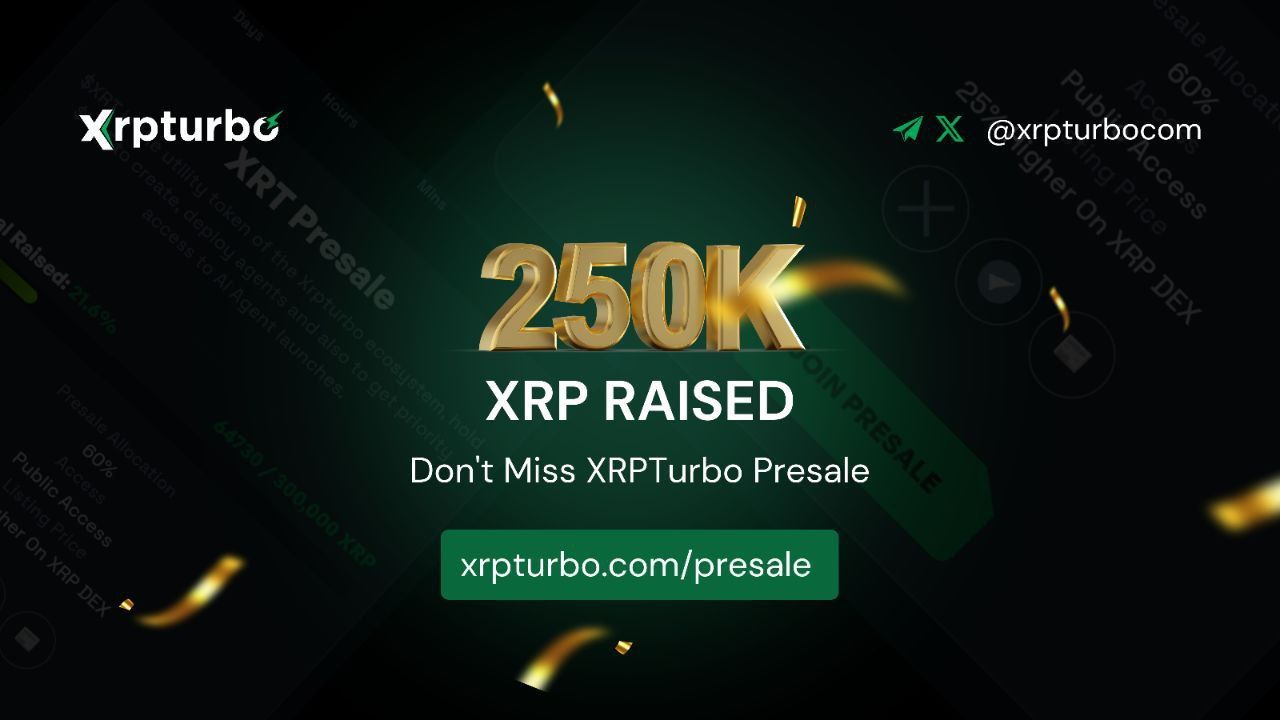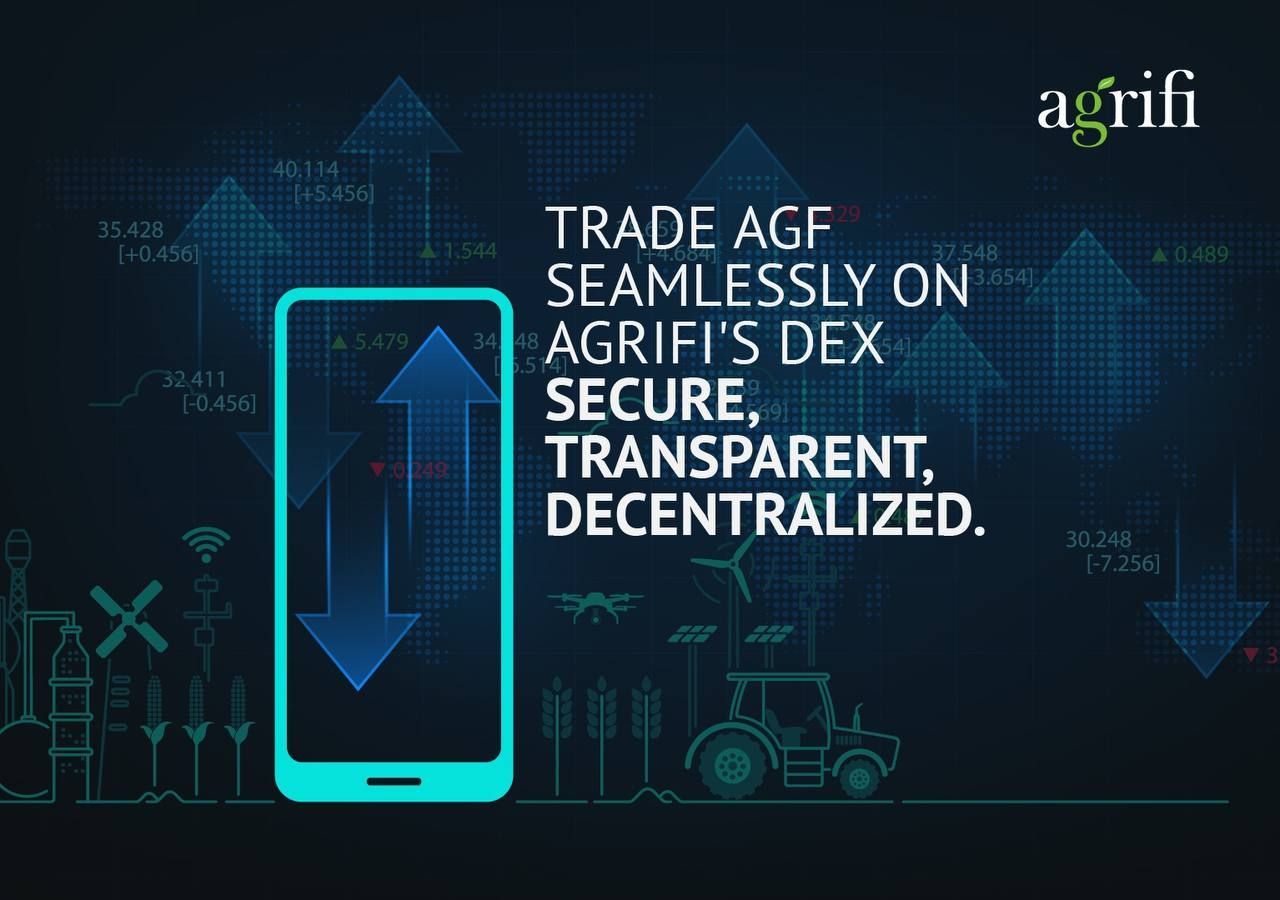What You Need to Know About DeFi in 2020
Decentralized Finance (DeFi) refers to a technology that uses decentralized blockchain technology to innovate on current financial services. As cryptocurrency aims to make money and payments universally accessible to anyone worldwide, DeFi has opened an alternative to every commercial service we use today, including investments, taking a loan, exchange of assets, insurance, and more.
DeFi includes various financial tools such as protocols, smart contracts , digital assets, and decentralized applications (DApps). A DApp is an app that, rather than being built and controlled by a single, centralized company, relies on decentralized technology. Thanks to the blockchain technology that powers these apps, you can modify them to suit your needs.
Why DeFis are Better than Traditional Systems
The concept behind DeFi is to allow you complete control of your assets. So, what differentiates these DeFi apps from other traditional financial systems like banks?
DApps are global
Whether you are in Mexico or Kenya, you have access to the same DeFi network and services. Although local regulations may apply, these apps are technically available to anyone with a smartphone and an internet connection.
2. Permissionless to join
It is easy for anyone to create and join. Using crypto wallets, users can network directly with smart contracts.
3. Transparent code on the blockchain
The code used to develop DApps , as well as all transaction activity, is available for all users on the blockchain. It allows users to understand the contract’s functionality and detect bugs, thus building a different kind of trust with users. There is no need for privacy concerns because the transactions are not tied directly to your real-life identity.
4. Decentralization
Records are stored simultaneously across thousands of computers without the control of a single entity. These DeFi apps run by themselves, as long as the code is already entered into the blockchain.
Top DeFi DApps You Should Check Out
Interested? Let’s have a look at just a few of the most used DeFi DApps out there that you can try today. The DApps require a cryptocurrency wallet with a built-in DApp browser to connect (like Coinbase Wallet). Most of these DApps are easily accessible on your desktop by selecting the Coinbase Wallet option and scanning a QR code.
Crypto Lending & Borrowing
The DeFi lending platforms provide loans to users without any intermediaries, i.e., in a trustless manner. The lending protocols also allow every participant to receive interests on coins and stablecoins. Ethereum and EOS , the blockchains used, are rapidly dominating the DeFi lending marketplace. EOS has the highest amount locked by a blockchain (over $600 million), but most DeFi lending apps use Ethereum (15 as of June 2019).
The lending and borrowing platforms offer several benefits for users –
For borrowers:
- Borrow a utility: The borrower may choose to temporarily borrow a token to get governance rights or power on the blockchain.
- Ability to short an asset: a borrower may decide to buy an asset and sell it on another exchange for any other crypto coin, thus shorting an asset. It offers margin trading functionality into platforms that don’t support it. It also replicates margin trading in centralized exchanges.
For Lenders:
- Long-term Investment Reward: Besides capital appreciation or a HODL strategy, long-term investor s can earn an additional amount from interest on lent assets.
- Earning opportunity from stablecoin : Through these decentralized platforms, stablecoin issuers can have the chance to win inducements by allocating part of their revenue from floating interest rates collected on their bank deposits to users who support the circulating supply.
Examples of such types of platforms and protocols are:
Compound
Compound lets you borrow or lend your crypto and earn interest. In Compound, the interest rate is not fixed, which is paid once you borrow the funds. The interest rate changes dynamically based on real-time supply and demand in the market. Unlike most cryptocurrencies that are hodled and fail to generate any interest – which is frustrating- Compound lets you gamble by borrowing and selling coins you think will drop. Even better, the interest rate is set as lower than the borrowing rate to offer more liquidity.
Maker
Maker DAI is pegged to the US Dollar and is backed by collateral in the form of crypto. Maker is a stablecoin project which offers the programmability of crypto without the downside of volatility. Cool, right? It differs from “traditional” cryptocurrencies that you see, like Ethereum and Bitcoin. The Maker token, which gives users a chance to participate in operational earnings through “governance fees rate,” acts as interest rates for the network.
Dharma
It is a semi-centralized P2P lending/borrowing platform based on Ethereum. Interest rates on Dharma are different for each coin though the average collateral ratio is 210%. It also has a direct match-making type platform where a user requests to lend his asset and then need to wait for a borrower to match his offer.
DeFi Derivatives
A derivative is a financial contract between parties that originates its values from the performance of an underlying entity such as an asset, index, commodity, interest rate, etc. Derivatives in DeFi offer vast flexibility across multiple assets and platforms. Here are the two major primary purposes of using a derivative:
- To gain by guessing how the price of that entity is going to change in the future.
- To prevent price fluctuation in the future by signing a contract to buy an asset for a fixed price.
There are four types of derivatives –
- Future – trades are based on exchanges where a buyer must purchase an asset at an agreed rate on a fixed date in the future.
- Forward – this is similar to the future but more flexible to suit both parties.
- Option – Here, the buyer is not obliged to but has the right to purchase or sell the asset at a specific price.
- Swap – Usually, between interest rates and crypto coins, these contracts allow two parties to exchange one type of cash flow for another.
Here is an example of a commonly used DApp based on derivatives;
Synthetix
Synthetix is a multi-tier platform and exchange which allows users to perfect various synthetic assets, including derivatives and cryptocurrencies. The tokens provide exposure to more than 20 different assets within Ethereum blockchains such as US Dollars, TESLA, gold, and many more. Synthetix has a collateral mechanism where SNX users collectively take on the counterparty risk of other user’s synthetic positions.
Conclusion
DeFis are new instruments that are full of promises and hidden potential. However, there are certain risks involved. We all remember the US recession in 2007 , where it took down the traditional finance space and the global economy a few times.
Decentralized finance comes with several benefits like more comprehensive global access to financial services, affordable cross-border payments, censorship-resistant transactions, and many more. However, the DeFi needs thorough research from developers to allow real flexibility and ease of access and use. 2020 might be an exciting year to follow since promising solutions are already on the way.
The post What You Need to Know About DeFi in 2020 appeared first on Crypto Adventure.




NEVER MISS AN ARTICLE!
We will get back to you as soon as possible
Please try again later
SUBSCRIBE TO OUR NEWSLETTER
Join the Newsletter
We will get back to you as soon as possible
Please try again later
